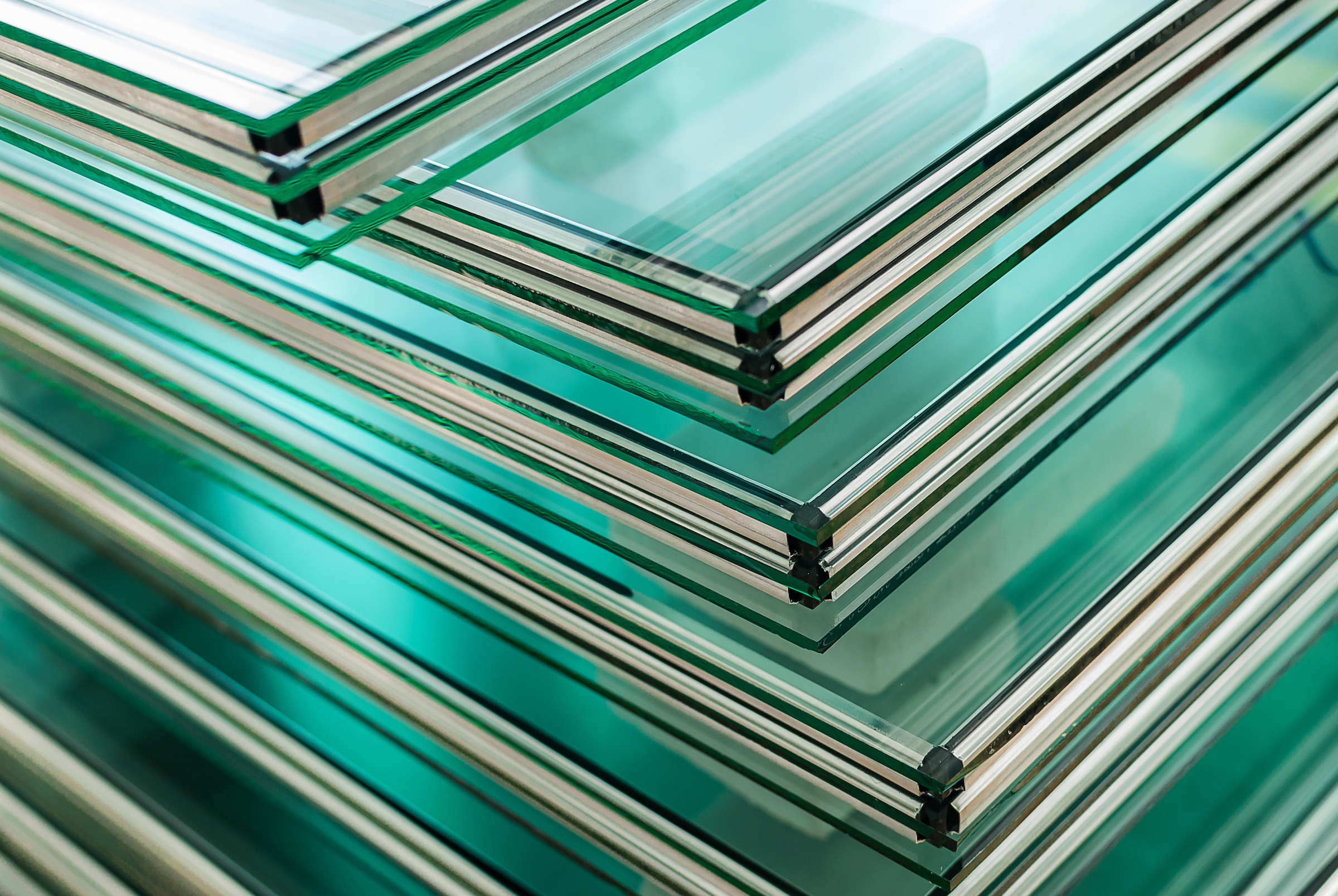Isotropy vs Anisotropy
The transformation of a product is variable and dependent on its material characteristics which create different behaviour patterns upon undergoing specific processes. A full understanding of properties allows better material selection and serves as a guide to follow the best-suited procedure to arrive at a certain mechanical and physical property.
On a macro scale, materials can simply be classified as one of two basic types: isotropic or anisotropic. Isotropy is derived from the Greek terms “iso”, which means “equal”, and “tropos” or “tropikos”, which pertains to “direction”. On the other hand, the prefix “an” stipulates a disparity in the meaning from the root word, thus anisotropic means the complete opposite of isotropic [1].
So, while isotropy means uniform behaviour in all directions, anisotropy is defined as the material’s tendency to react differently to stresses applied in different directions.
But what are isotropic and anisotropic materials? And how does this property determine what applications the materials are used for?
Here, you will learn about:
- What isotropic materials are
- What anisotropic materials are
- The characteristics of each type
- The applications determined by the property of isotropy

Isotropic materials vs anisotropic materials
Isotropic materials
Isotropic materials have identical material properties in all directions at every given point. This means that when a specific load is applied at any point in the x, y or z-axis, isotropic materials will exhibit the same strength, stress, strain, young’s modulus and hardness.
Correlating with the interaction of light in matter, isotropic materials do not depend on which direction the light travels. For every wavelength, it will only have a single and constant index of refraction. Index of refraction is the ratio of the speed of light in a vacuum to the phase velocity in a material through which light passes. Thus, we can say that the speed of light in isotropic materials is not affected by the varying course of irradiation [2].
Anisotropic materials
Anisotropic materials, also known as “triclinic” materials, are direction-dependent mediums that are made up of unsymmetrical crystalline structures. In other words, the mechanical properties of anisotropic materials depend on the orientation of the material’s body. Each surface reacts differently upon applying the same load to different axes. This implies that if a certain mechanical or thermal property is measured along the x-axis, measurements will differ upon taking it along the y-axis or z-axis. Also, the concentration and the distribution of atoms are different with respect to reference axes. So, as the axis changes, the measurements change as well [3, 4].
Due to its asymmetric internal structure, its characteristics and behaviours vary with the direction of light application. This is to say that it yields a range of refractive index for each particular wavelength.
Anisotropic materials are subdivided into types, namely:
- Uniaxial - crystallizes in the tetra and hexagonal crystal systems including plastics. For each wavelength, there are two extreme refractive indices.
- Biaxial - crystallizes in the mono, ortho and triclinic crystal systems and usually has three refractive indices having two opposite extremes, and one being neutral between the two [2].
Typical anisotropic material examples are wood and various industrial composites.
Reference chart
Here is a summary of a direct comparison of isotropic and anisotropic materials [5]:
|
Characteristics |
Isotropic |
Anisotropic |
|
Structure |
Equal |
Unequal |
|
Properties |
Identical |
Not identical |
|
Direction |
Independent |
Dependent |
|
Appearance |
Dark |
Light |
|
Light Penetration |
No |
Yes |
|
Chemical Bonding |
Consistent and uniform |
Different and inconsistent |
|
Refraction |
Single refractive index |
Double refractive index |
|
Speed of Light |
Equal, regardless of the direction |
Different, depending on the direction |
|
Plane of Symmetry |
Infinite |
None |
Applications of isotropic and anisotropic materials
Isotropic materials
An isotropic material is highly formable and may take any shape. Since the properties of its microcomponents are the same in any orientation, its behaviour is also highly predictable. Metals, glasses, most liquids, and polymers are examples of isotropic materials.
Glass offers wide-ranging applications. In the packaging industry, it is used for jars and bottles in food storage for shelf-life extension. It is also used as tableware such as glasses, saucers, bowls and food containers. Building facades, medical equipment, various home appliances can all be made for glass.
Metals, on the other hand, besides generally having relatively high strength, exhibit high thermal and wear resistance. Any objects used on a daily basis employ one or other forms of metal. It is used as kitchenware, medical equipment, tools, implants, building trusses, supports, as well as jewellery and base components for machines and vehicles [6].
Anisotropic materials
Naturally occurring anisotropic materials are often different kinds of wood and rock. These types of rocks are mostly laminated in structure while woods are naturally reinforced, as seen through the orientations of their fibres.
The microstructure in anisotropic materials is usually composed of different layers that are tied together in natural materials or a number of ingredients moulded together. One of the exemplary applications of anisotropic materials is focused on composites.
Composites are often used as “prepregs”, which are fabric-like in form and are used to mould various machine parts. The material itself serves as the resin which gives reinforcement and adds strength to any structure [7].

Sources
[1] "Difference between isotropic and anisotropic", n.d. [Online] Available at: http://www.differencebetween.net/science/chemistry-science/difference-between-isotropic-and-anisotropic/ [Accessed on: 29.11.2019]
[2] S.A. Nelson, "Properties of Light and Examination of Istropic Substances", 2014 [Online] Available at: https://www.tulane.edu/~sanelson/eens211/proplight.htm [Accessed on 29.11.2019]
[3] "How are materials classified?" n.d. [Online] Available at: http://www.ae.msstate.edu/vlsm/materials/otherfaq/otherfaq.htm [Accessed on: 29.11.2019]
[4]"Crystalline versus Amorphous Solids - Anisotropy and Isotropy", n.d. [Online] Available at: https://www.curlyarrows.com/crystalline-versus-amorphous-solids-anisotropy-isotropy [Accessed on: 29.11.2019]
[5] "Difference Between Isotropic And Anisotropic", n.d. [Online] Available at: https://byjus.com/chemistry/difference-between-isotropic-and-anisotropic/ [Accessed on: 29.11.2019]
[6] "Metal Uses | Their Applications and Importance in Daily life", n.d. [Online] Available at: https://www.studyread.com/uses-of-metals/
[Accessed on: 29.11.2019]
[7] O. Rand, V. Rovenski, "Anisotropic Materials", Analytical Methods in Anisotropic Elasticity: with Symbolic Computational Tools, Boston: Birkhaüser, 2005.